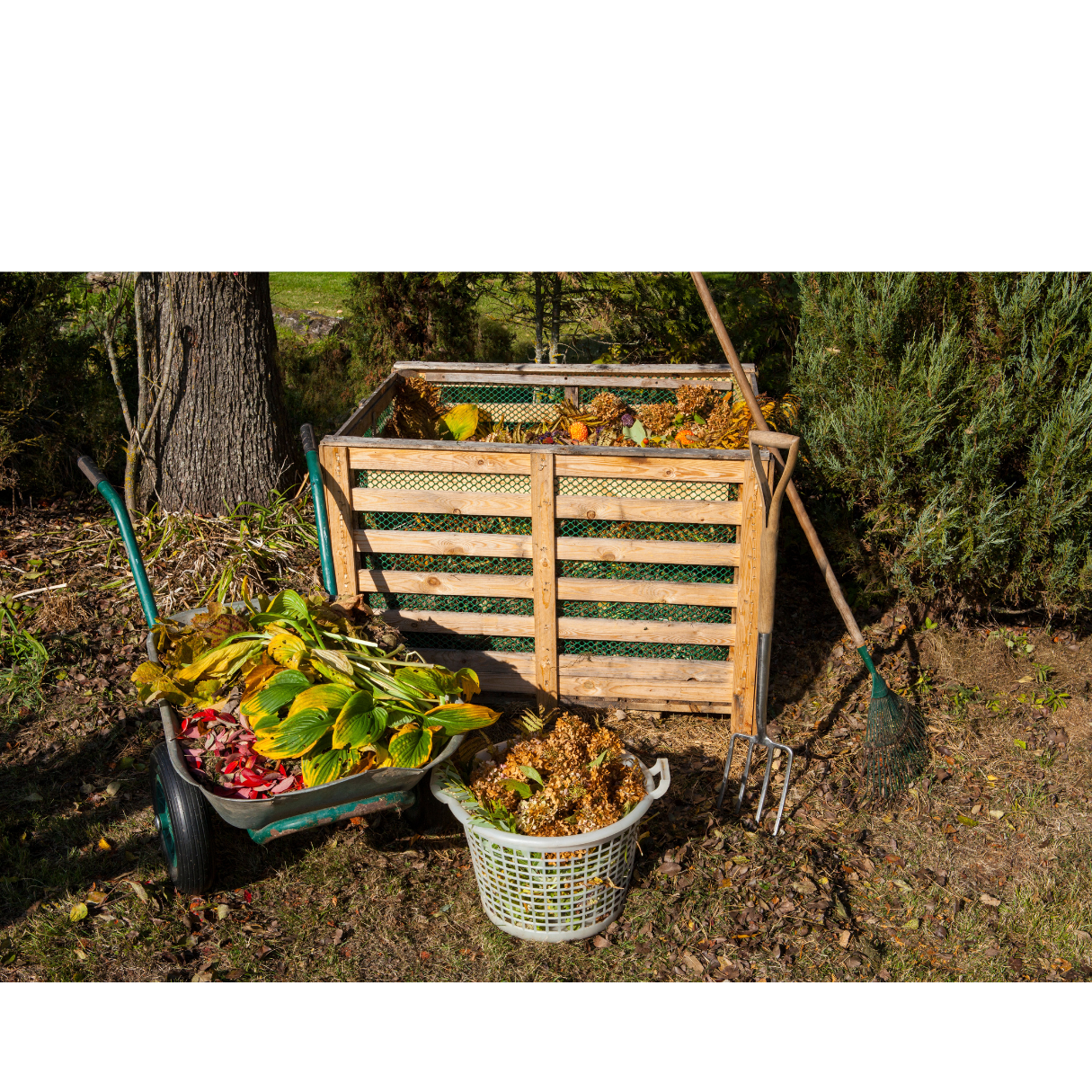
As we strive for more sustainable living, the debate between composting and recycling often comes up. Both practices are essential for reducing waste, but composting offers unique benefits that make it a superior choice in many cases. In this blog, we’ll explore why it is preferred over recycling, how to start, and where to compost if you don’t have access to a bin.
The Environmental Benefits of Composting
- Reduction of Greenhouse Gas Emissions: Composting reduces the amount of greenhouse gasses needed to process recycled materials into new products. The process can be carbon neutral, unlike recycling, which often generates emissions due to energy-intensive processing.
- Carbon Sequestration: When organic waste decomposes in landfills, it produces methane, a potent greenhouse gas. Composting organic waste in aerobic conditions (with oxygen) prevents the formation of methane, contributing to lower overall greenhouse gas emissions.
- Reduction of Chemical Use: Compost naturally enriches the soil, reducing the need for chemical fertilizers and pesticides. This not only saves money but also minimizes the environmental impact of chemical runoff, which can contaminate waterways and harm aquatic life.
- Improvement of Soil & Biodiversity: Composting turns organic waste into nutrient-rich compost that fertilizes soil. Compostable materials are made from natural materials like cornstarch or sugar cane, which break down and release valuable nutrients back into the earth, promoting healthy plant growth.
This method of waste disposal also introduces beneficial microorganisms to the soil, enhancing its biological diversity. These microorganisms play a crucial role in breaking down organic matter, making nutrients available to plants, and improving overall soil health.
How to Compost
Composting is a simple and natural process of recycling organic material, such as food scraps and yard waste, into a valuable fertilizer that can enrich soil and plants. Here’s a basic guide on how to get started:
- Choose a Bin: Select a compost bin or pile in a dry, shady spot near a water source.
- Add Composting Materials: Include a balanced mix of “greens” (food scraps, coffee grounds) and “browns” (dry leaves, paper).
- Maintain Your Compost: Keep your compost moist, and turn it regularly to add oxygen, which speeds up the decomposition process.
- Wait and Harvest: Depending on conditions, compost can be ready in a few months. Finished compost looks dark and crumbly, with an earthy smell.
Where to Compost
If you don’t have access to a compost bin, many resources can help you find local composting options:
- Local Composting Programs: Many municipalities offer composting programs or drop-off locations for organic waste.
- Community Gardens: These often have compost bins and may accept contributions from local residents.
- Composting Services: Companies offer pickup services for organic waste, turning your scraps into compost.
For more information on where to compost near you, visit Find a Composter. This website provides a comprehensive directory of composting facilities across the United States.
Conclusion
Organic waste makes up a substantial portion of municipal solid waste. By composting, we can divert a large amount of this waste, reducing landfill use and the associated environmental impact.
While both recycling and composting play crucial roles in waste reduction and environmental protection, composting offers distinct advantages that make it a preferable choice for Primo Botanicals. By doing so, you can reduce greenhouse gas emissions, enhance soil health, and contribute to a more sustainable future.
Start today and turn your waste into a valuable resource for your garden and the planet!
Discover Primo Botanicals’ sustainable initiative and explore about our 100% compostable packaging here.